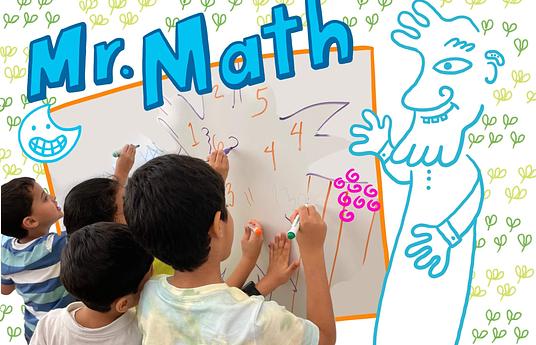YOUTH make young people aware of a metodology of cultural designing, make them working with classmates, schoolmates and territorial stakeholders. Identifying and developing a bottom up process, they analyse territorial needs and proposes artistic itineraries for citizens developed through the unprecedented gaze of adolescents.
Among the strengths of YOUTH format:
1) the replicability of the format of the YOUTH project in different territorial and cultural contexts;
2) the opportunity for the Youth to be both designers and beneficiaries of the initiative;
3) the opportunity for the male and female students to engage not only with their peers, but also actors from civil, academic and cultural society;
4) the opportunity for the young people to work on a professional project that will then be valorised by the city as a product that can be shared with the entire community of citizens;
5) the awareness for the adolescents of working in a STEAM initiative
PROJECT DREAM TEAM:
- Liceo Maria Curie of Pinerolo (Turin, Italy): Prof.ssa Emanuela Gasca (designer and coordinator - emanuelagasca@gmail.com), Prof.ssa G. Barberis, Prof.ssa A. Bonetto, Prof.ssa E. Maccagno, Prof.ssa G. Beltramo, Prof.ssa L. Vattano;
- Municipality of Pinerolo;
- Politecnico of Turin;
- AIGU - Associazione Italiana Giovani per l'UNESCO.
The YOUTH project
- was nominated and selected by Indire (Research for Innovation in Italian Schools) among the 13 Italian experiences of "Leadership for Change" and will be documented within the "National Library of Innovation";
- was invited to tell its story as part of the initiatives of the International Council of Museums (Italy) as a good practice of Heritage Education (May 2023);
- was invited to participate in the Italian mapping of "Educational Innovation" promoted by Ashoka Italy;
- was nominated and accepted to speak at 𝐑𝐞𝐬𝐞𝐚𝐫𝐜𝐡 𝐃𝐚𝐲 of the "International STEAM Conference 2023" that will take place on 18th October in the STEAM House of Birmingham City University.
Contact the Coordinator of the project - Professor Emanuela Gasca - to explore the methodological approach and the possibility to collaborate and to apply the format in your territorial and educational area.



